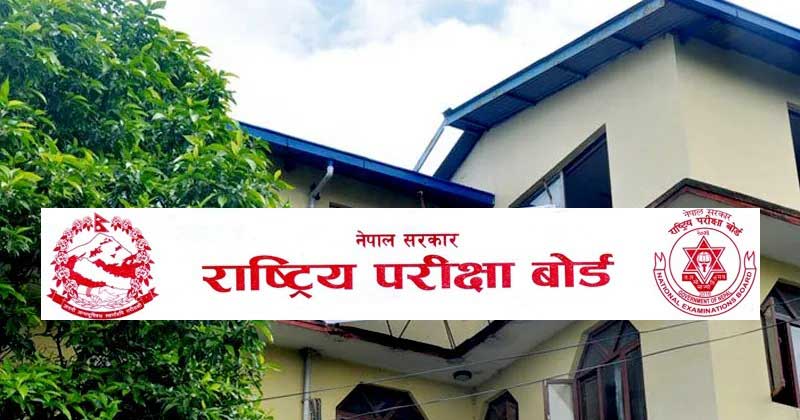
SEE Supplementary (Grade Increment) Exam 2080 Scheduled for 2081 Shrawan 23
The Examination Control Office for Class 10 has scheduled the SEE Supplementary (Grade Increment Exam) exam from 23rd to 31st Shrawan. The National Examination Board decided to change the exam date during a meeting held on Sunday, according to Examination Controller Nandalal Paudel.
New Dates for Grade Increment Exam
Initially, the Grade Increment exam for students with non-grading (NG) in up to two subjects was set for 18th and 19th Shrawan. The Ministry of Education later decided to allow all non-grading (NG) students to participate in the exam, prompting the board to reschedule the exams nationwide from 23rd Shrawan.
SEE Results and Impact
- The recent SEE results revealed that 242,313 students failed (non-grading) and could not enroll in Class 11.
- Of the 464,785 examinees, 52% failed, leading to widespread criticism.
- The Letter Grading Directive 2078 initially allowed only students with non-grading in up to two subjects to take the Grade Increment exam.
Changes in Exam Policy
- Education Minister Sumana Shrestha decided that students who failed in all seven subjects could take the improvement exam.
- The Curriculum Development Center amended the directive to accommodate this decision.
Preparation and Delays
- Previously, only 115,834 students with non-grading in up to two subjects could take the exam.
- Enrollment for students who passed the SEE has already begun, with classes starting on 15th Shrawan.
- Officials estimate that conducting exams for about 250,000 students and publishing results will take at least three months, likely delaying the academic session.
Expected Result Publication
- Results are expected to be published by the end of Ashoj.
- Successful students will enroll in Class 11 after festivals like Dashain and Tihar, potentially affecting the academic session.
- The annual exam for students currently enrolling in Class 11 is scheduled for Baisakh/Jestha.
Support from the Ministry of Education
- Subject-specific preparatory classes will be broadcast on Nepal Television and Radio Nepal.
- The Education and Human Resource Development Center will facilitate class operations in schools.
- Tribhuvan University has issued a circular to involve higher education students in SEE preparatory classes, as directed by Education Minister Shrestha.
Saathi Learning Program
- The program includes higher education students teaching Mathematics, English, Science, Social Studies, and Nepali.
- Community school students struggled most with Mathematics, Science, and English, while private school students struggled with Social Studies and Nepali.
- In Mathematics, 177,000 students were non-grading.
- In Science, 126,000 students were non-grading.
- In English, 100,000 students were non-grading.
- In Social Studies, 73,000 students were non-grading.
- In Nepali and Economics, 69,000 students each were non-grading.
Revised Letter Grading System
- Implemented since 2072, the letter grading system initially required all students to be graded.
- The directive was revised in 2078 to address the declining reading culture, making students non-graded if they scored less than 35% in the theoretical exam.
- Written exams were conducted out of 75 marks, and students scoring less than 27 marks were deemed non-graded.
By following these updates and adjustments, students and educators can better navigate the SEE Supplementary (Grade Increment Exam) process and its implications on the academic calendar.
NEB SEE Exam Routine Notices

